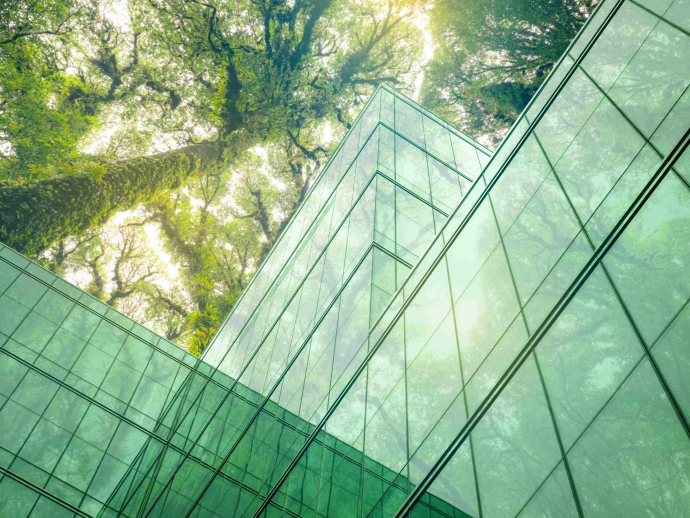LEED Certification Through Green Roofing: Guide for DFW Commercial Properties

In the Dallas-Fort Worth (DFW) area, commercial properties are increasingly adopting sustainable practices to enhance their environmental footprint and achieve Leadership in Energy and Environmental Design (LEED) certification. Green roofing is a key strategy in this pursuit, offering numerous benefits that contribute to LEED points. This guide will explore how green roofing can help DFW commercial properties achieve LEED certification, focusing on point calculation, documentation requirements, and local success stories.
Understanding LEED Certification
LEED is a voluntary green building rating system developed by the U.S. Green Building Council (USGBC). It provides a framework for designing, constructing, and operating buildings that are environmentally responsible and sustainable. LEED certification is awarded based on a point system, with projects earning points across various categories to achieve different levels of certification: Certified, Silver, Gold, and Platinum.
Point Calculation for Green Roofing
Green roofs can contribute to several LEED categories, including:
-
Sustainable Sites: Green roofs help reduce stormwater runoff and mitigate the urban heat island effect, earning points in this category. For example, a green roof can earn one point for reducing stormwater runoff.
-
Water Efficiency: By reducing the need for permanent irrigation, green roofs can earn points in this category. Depending on the design, green roofs can earn up to four points for minimizing water use.
-
Energy & Atmosphere: Green roofs provide insulation, reducing energy consumption for heating and cooling. While the primary energy credits are earned through energy-efficient systems, green roofs contribute indirectly by enhancing building envelope performance.
-
Materials & Resources: Using recycled materials in green roof construction can earn additional points. This includes using recycled content in the roofing membrane or other components.
-
Indoor Environmental Quality: Green roofs can improve air quality and provide natural habitats, contributing to a healthier indoor environment.
Documentation Requirements for LEED Certification
To achieve LEED certification, thorough documentation is essential. Here are some key requirements:
-
Design and Construction Documentation: Detailed plans and specifications for the green roof system, including materials used and their environmental benefits.
-
Commissioning Reports: Ensure that all systems are properly installed and functioning as intended.
-
Energy Efficiency Reports: Provide data on how the green roof contributes to energy savings.
-
Water Efficiency Calculations: Document how the green roof reduces water consumption.
-
Material Specifications: List all materials used, highlighting recycled content and sustainable sourcing.
Local LEED Success Stories in DFW
DFW has seen several successful LEED-certified projects that incorporate green roofing:
-
The Perot Museum of Nature and Science: This museum features a green roof that not only provides insulation but also serves as a habitat for local wildlife. The museum achieved LEED Silver certification, highlighting the effectiveness of green roofs in enhancing sustainability.
-
The Dallas Arboretum and Botanical Garden: While not exclusively a commercial property, the arboretum's use of green roofs demonstrates how these systems can enhance biodiversity and reduce environmental impact. This approach can be replicated in commercial settings to achieve similar benefits.
-
Local Businesses: Many DFW businesses are integrating green roofs into their facilities to reduce energy costs, improve air quality, and enhance their brand image as environmentally responsible.
Implementing Green Roofing in DFW
Steps to Success
-
Assess Your Roof: Ensure your roof is structurally sound and suitable for a green roof. Consider factors like drainage, sunlight exposure, and existing roofing conditions.
-
Choose the Right Materials: Select materials that are sustainable, durable, and suitable for the local climate. This includes using local plant species and recycled materials where possible.
-
Consult Local Experts: Engage with local contractors experienced in green roof installations to ensure compliance with LEED standards and local regulations.
-
Explore Incentives: Research local incentives, such as tax breaks or rebates, available for LEED-certified projects in the DFW area.
Conclusion
Achieving LEED certification through green roofing is a strategic move for DFW commercial properties, offering both environmental benefits and financial incentives. By understanding the LEED point system, meeting documentation requirements, and drawing inspiration from local success stories, businesses can enhance their sustainability credentials while contributing to a greener future.

